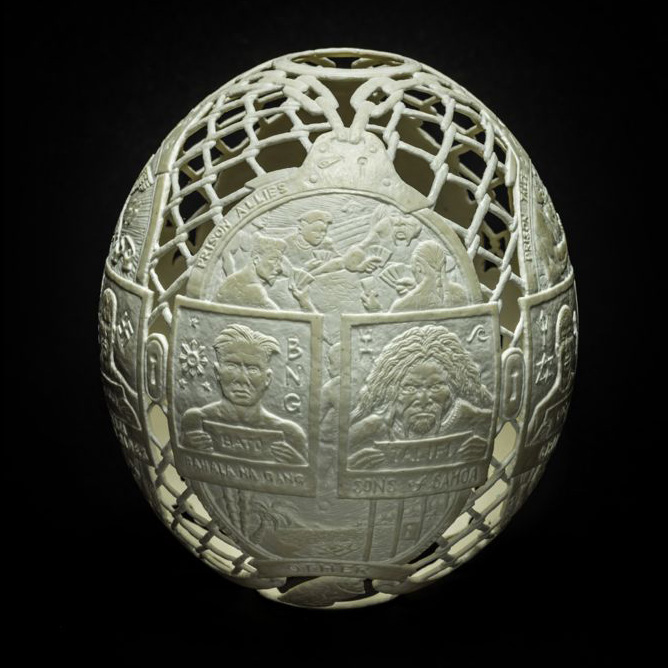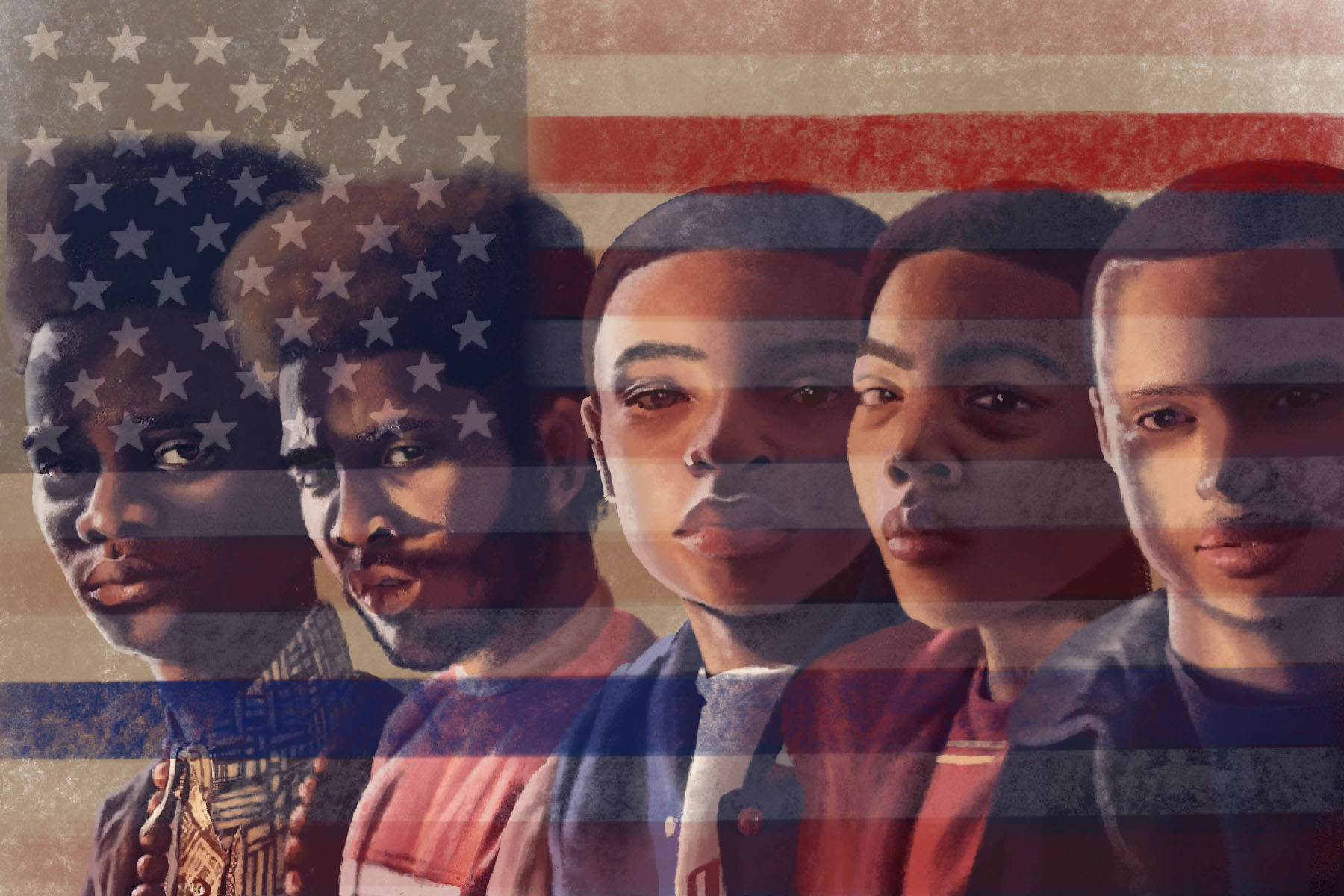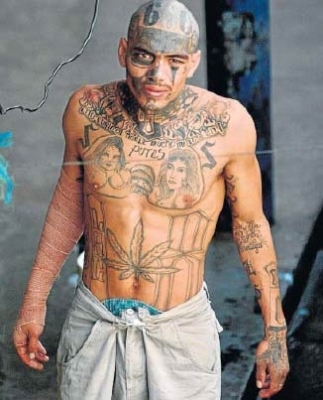
When we think of prison we think of many different things. We think of crime, punishment and murder just to name a few. One of the things we don’t usually associate with prison is art, but sometimes the most beautiful art can come out of prisons. And sometimes art can even change prisons and the lives of the inmates they contain.
Psychology has shown that there is a natural tendency for artistic and creative expression in prison settings. Being talented and able to create good art gives an inmate prestige and respect. Art also serves to decrease aggression in the inmates who participate. According to Dr. David Gussak, Art therapy “catharts and sublimates aggression and violence, promotes non-verbal communication, even while the inmate does not want to talk about his feeling and ideas which might leave him vulnerable, can bypass defenses, including dishonesty, provides necessary diversion and emotional escape, permits the inmate to express himself in a manner acceptable to both the prison and outside culture, reestablishes an identity above that of the inmate, and works despite organicity, a low educational level, illiteracy, and other obstacles to verbal communication and cognitive development.” For former inmate Gil Batle art played a large role in his incarcerated life and plays a role in his life as a free man as well.
Gil Batle is a 53 year-old Filipino American, San Francisco native who spent 20 years of his life in various prisons including: San Quentin, Chuckwalla, and Jamestown. Batle entered the prison system on charges of fraud and forgery and has evolved his art since then. Batle has now been released from prison and is turning his experiences there into new art. He is carving his 20 year prison diary onto ostrich eggs.
Batle’s art didn’t just start once he was released from prison, but was present during his time there as well. To protect himself from the Bloods, Crips, Aryan Brotherhood and other racially segregated gangs Batle turned to his talents. Batle used his skills of designing tattoos, portraits and greeting cards to keep him safe during his time in prison. His art earned him respect and even protection in the hostile environment. He even designed his own tattoo guns using CD or electric toothbrush motors, soot, ground up chess pieces, and lotion or shampoo.
Now that Batle is out of prison however, he has access to more interesting mediums, in this case ostrich eggs. Batle is using the ostrich eggs to paint a portrait of his experiences in prison. The eggs depict both his own life and the lives of the inmates he met during his stay. The eggs range from courtrooms, to mug shots, to the meager possessions of an inmate.
In his own words Batle describes his process, “I actually have to go back (mentally) to prison to capture that feel of being inside that place. It’s a relief of gratitude when I look up from the egg and I’m reminded that I’m not in there anymore.”
Each of Batle’s eggs is carefully penciled out and then meticulously carved with a high speed dental drill. Often times the subjects are separated by chain link fence, razor wire, or handcuffs, all things with which a former prisoner would be familiar.
Batle’s exhibit, “Hatched in Prison: The Art of Gil Batle” consists of 19 of his eggs and is currently on display at the Ricco Maresca Gallery in New York City and will remain on display until January 9th 2016.
Gil Batle is just one example of the art that can come from prison. Maybe it’s time that we start seeing art as a viable output from prisons. Being a criminal doesn’t mean someone is inherently lacking in artistic talent and as much as art and crime are connected, so are art and criminals. Art is not only beneficial to society and culture as a whole but also to the inmates who produce it. Art provides an interesting and viable way to both help inmates survive prison and add culture and value to the world outside of the bars.
As one inmate once said, “[Art] encouraged me to express myself openly and created a safe space for all of us artists to work side by side no matter our skin color or background. Many of us learned to expose our inner thoughts, fears, and regrets through our art-unheard of in a place that rewards machismo and eats alive those thought to be weak and vulnerable.”
More information can be found at: http://www.slate.com/blogs/the_eye/2015/11/04/hatched_in_prison_the_art_of_gil_batle_is_a_20_year_prison_diary_carved.html and http://www.riccomaresca.com/press_releases/hatched-in-prison-2015.html and https://www.psychologytoday.com/blog/art-trial/201310/art-behind-bars






